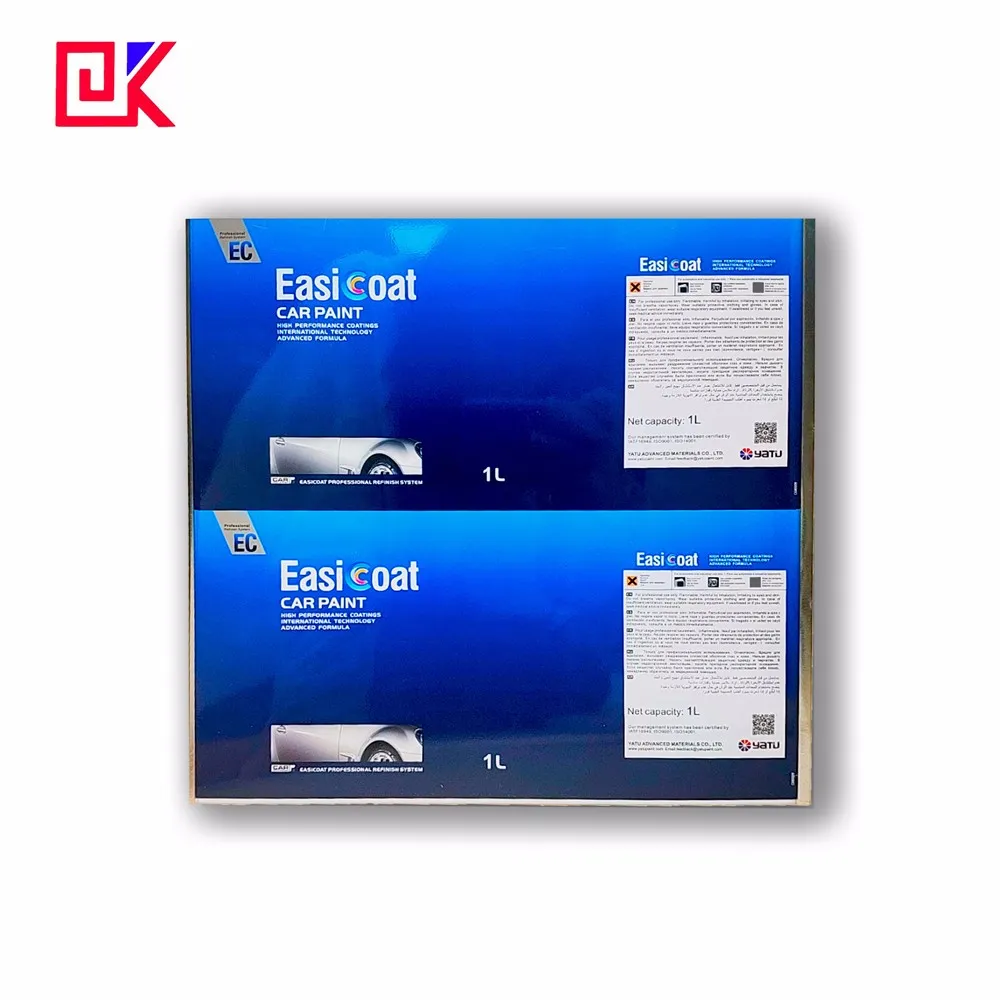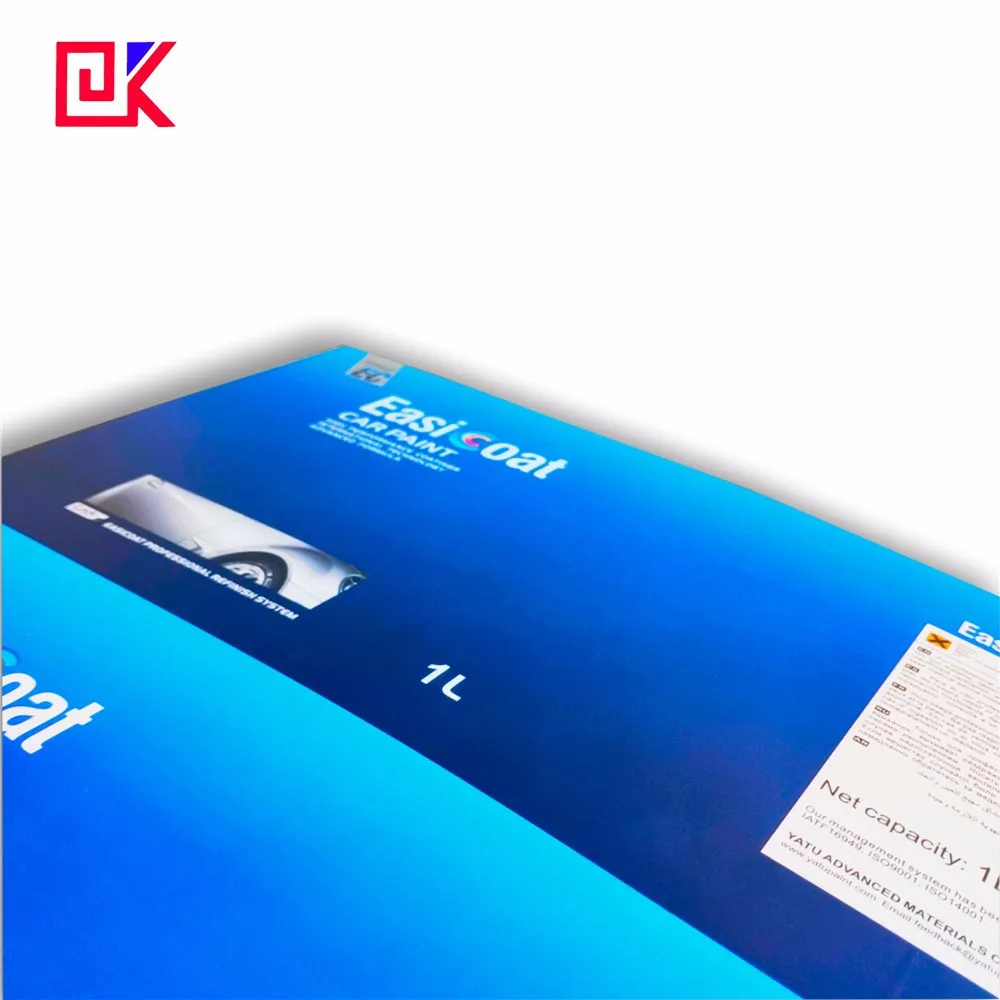Due to its unique materials and superior protective properties, tin plate cans are widely used in the packaging of food, beverages, and daily necessities. The "plating" on its surface is the key to ensuring its corrosion resistance and durability.
In order to better understand the use principle and protective effect of tinplate, this article will explain in detail the composition, plating process, and plating thickness of the surface plating of tin plate cans.

What is plated on the surface of tin plate cans?
1. What is the main component of the surface plating of tin plate cans?
The main component of tin plate cans is steel, and the surface plating is pure tin. Tin is the preferred material for plating because of its corrosion resistance. Compared with steel, tin can effectively resist the erosion of moisture, oxygen, and acidic substances, prevent the can body from rusting, and thus protect the safety of the contents. The chemical properties of tin are relatively stable and are not easily affected by external chemical reactions, so it has become an ideal plating material for tin plate cans. In addition, tin has high ductility, which ensures that the coating fits tightly with the steel and will not easily crack or fall off during the can molding process.
2. Why is tin the preferred material for tin plate cans coating?
There are two main reasons for choosing tin as a coating material: corrosion resistance and safety. The corrosion resistance allows tin plate cans to effectively resist external moisture and acidic substances, extending the service life of the can; and safety means that tin will not produce harmful substances after contact with food and is harmless to the human body. Tin compounds have low toxicity, and food is not likely to cause health problems after contact with tin coating, which makes tin plate cans a safe and reliable food packaging material.
3. Does tin plate cans coating contain other materials?
In some cases, in addition to tin coating, tin plate cans will also add a layer of protective paint to the coating to enhance the protective effect. For foods with strong acidity, such as canned fruit and tomato products, the tin coating may not be able to completely block the acidic components, so a layer of non-toxic protective paint will be applied to the surface of the tin coating to further ensure the safety of the contents.

Tin plate cans: How to carry out the tinning process?
1. What is the tinning process of tin plate cans?
The tinning process of tin plate cans mainly adopts electroplating. The electroplating method is to deposit pure tin evenly on the surface of the steel plate by electrolysis to form a dense tin film. The precise control of this process makes the thickness of the tin layer uniform and stable, which can effectively play its anti-corrosion function.
During the electroplating process, tin ions gradually accumulate on the surface of the steel plate to form a coating. This process must ensure that the coating is uniform and firm, which not only enhances the durability of the tinplate, but also ensures the beauty and smoothness of its appearance.
2. What factors need to be controlled during the tinning process?
In the tinning process of tin plate cans, current density, temperature and electrolyte concentration are all key factors affecting the tinning effect. The current density directly affects the deposition rate of the tin layer. If the current is too large, the coating may not be uniform enough, and too small will affect the efficiency. The temperature affects the conductivity of the electrolyte and the deposition rate of tin ions. Generally speaking, the tin plating temperature of tin plate cans is between 20 and 30 degrees Celsius to ensure uniform coating. The tin ion concentration of the electrolyte must also be precisely controlled. Too low a concentration will result in an insufficiently dense coating, which will affect the anti-corrosion effect.
3. What treatment steps does the tinplate need to go through after tin plating?
After tin plating, tin plate cans also need to go through passivation treatment and drying steps to further improve their corrosion resistance and stability. The purpose of passivation treatment is to form an oxide protective film on the surface of the coating, thereby reducing the chemical activity of the tin layer and making it less prone to oxidation. The drying step is to remove excess moisture generated during the tin plating process to avoid water stains or spots on the surface of the can body, thereby affecting the uniformity of the tin plating effect.
How thick does the tin plate cans coating need to be?
1. What is the standard thickness of the tin plating layer?
The thickness of the tin plating layer of tin plate cans varies depending on the application requirements. Usually, the thickness of the tin plating layer of food-grade tinplate is between 1.2 and 1.5 microns to ensure sufficient anti-corrosion performance of the can body. For some tin plate cans with special purposes, such as cans for long-term storage of acidic foods, the tin coating may be appropriately thickened to further improve corrosion resistance. The choice of coating thickness is directly related to the durability and anti-corrosion performance of the can.
2. What are the effects of too thick or too thin coating?
Too thin tin coating may weaken the anti-corrosion performance of tin plate cans and make them susceptible to corrosion. Too thick coating will increase production costs, and may affect the forming performance of steel plates and increase the weight of the can. The precise control of the tinning process is to ensure that the coating thickness is moderate, which can effectively play an anti-corrosion role without wasting resources and affecting production efficiency.
3. What are the differences in the application scenarios of coatings of different thicknesses?
For tin plate cans that need to be stored for a long time or store acidic or alkaline items, thicker tin coating is usually used to enhance its protective performance. For example, cans for storing acidic foods such as fruits and beverages usually have thicker coatings to deal with the acidic substances released by the food; while cans for drying items, such as biscuit cans, can have relatively thin tin coatings to reduce costs.

How to detect the thickness of the tin coating of tin plate cans?
1. What are the commonly used methods for detecting the thickness of the tin coating?
There are two main methods for detecting the thickness of the tin coating of tin plate cans: destructive testing and non-destructive testing. In destructive testing methods, sampling and measurement are more accurate, but the surface of the can needs to be destroyed. Non-destructive testing methods are more commonly used in daily production, using tools such as X-ray fluorescence spectroscopy for rapid testing. This method can accurately measure the thickness of the tin coating while avoiding damage to the can.
2. How does X-ray fluorescence spectroscopy detect coating thickness?
X-ray fluorescence spectroscopy is a non-contact detection method that measures the coating thickness by irradiating the coating surface with rays and analyzing the reflected fluorescence. This method has high accuracy, can detect thickness changes at the micron level, and has a fast detection speed, making it very suitable for large-scale production lines. Through X-ray fluorescence spectroscopy, tin plate cans manufacturers can accurately control the thickness of the tin coating to ensure the stability of product quality.
3. What guarantees does the tin coating thickness test provide for product quality?
The tin coating thickness test ensures that the tin plate cans have sufficient corrosion resistance and can meet the storage needs of different contents. Through strict testing to ensure that the tin coating thickness meets the standard, production defects and quality problems can be effectively reduced, and the service life and durability of tin plate cans can be improved. A tin coating with qualified thickness can effectively resist the influence of the external corrosive environment and protect the contents inside the can from external influences.
How to choose the appropriate tin coating thickness for tin plate cans?
1. Choose the tin coating thickness according to the contents
When choosing the tin coating thickness for tin plate cans, the characteristics of the contents should be considered. For items with higher acidity, a thicker tin coating should be selected to enhance the anti-corrosion effect. The tin coating thickness of food-grade tin plate cans is generally higher, especially when storing tomatoes and citrus foods, which require stronger corrosion resistance.
2. Choose the thickness of tin plating according to storage time
The storage time of the contents is also an important factor in determining the thickness of the tin plating layer of tin plate cans. Cans that are stored for a long time require a thicker tin plating layer to prevent the cans from rusting in long-term contact with air. Especially for food cans, it is necessary to ensure that the anti-corrosion effect is not reduced throughout the shelf life.

Dekai Metal Packaging – Your Solution for Custom Packaging Needs
If you're in need of custom metal packaging, Foshan Dekai Metal Packaging Co., Ltd. is here to help. We specialize in aerosol cans, tinplates, and printed metal packaging, providing flexible options to meet the unique needs of your business.
Our advanced production technology ensures high-quality results with fast turnaround times. We offer competitive pricing and provide customized solutions that fit your specific packaging requirements.

